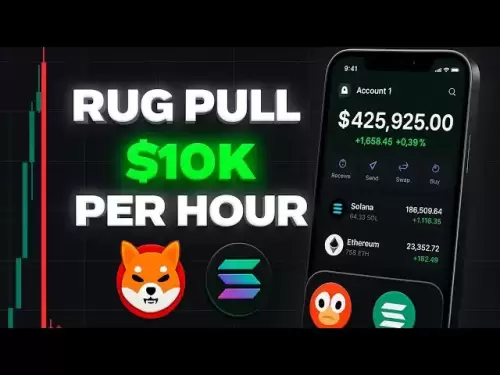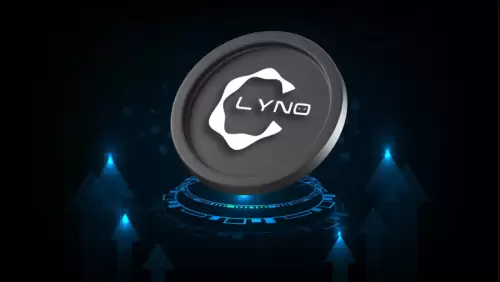 |
|
 |
|
 |
|
 |
|
 |
|
 |
|
 |
|
 |
|
 |
|
 |
|
 |
|
 |
|
 |
|
 |
|
 |
|

The market cap of stablecoins has reached nearly $240 billion, according to DeFiLlama's latest data. This figure represents a $5 billion increase over the past week, marking a 2.18% rise in seven days and 2.62% over the past month.
Among the leading stablecoins are Tether's USDT, holding a 61.92% share, followed by USD Coin (USDC), Ethena's USDe (USDe), and MakerDAO's Dai (DAI). These tokens are largely used for digital payments and decentralized finance.
Citigroup's stablecoin forecast predicts a total supply of $1.6 trillion by 2030 in its base-case scenario. A more favorable outcome could increase that to $3.7 trillion. However, without clearer regulations, the market might plateau around $500 billion.
The number of active stablecoin wallets grew 53% year-on-year, climbing from 19.6 million in February 2024 to 30 million by February 2025.
During the same period, the overall stablecoin supply rose from $138 billion to $225 billion—a 63% increase. This expansion highlights the growing user engagement across trading, remittance, and payment platforms.
Federal Reserve Governor Christopher Waller highlighted how U.S. dollar-backed stablecoins could support the dollar's international role. His statement underscores the growing footprint of stablecoins in global finance.
Mastercard has launched a full-stack stablecoin strategy covering wallet support, card issuance, on-chain remittances, and merchant settlement. Partnering with Circle, Paxos, and Nuvei, Mastercard aims to enable 150 million merchants to accept digital payments.
In collaboration with crypto exchange OKX, Mastercard rolled out the OKX Card, allowing retail users to spend stablecoins directly.
Moreover, Stripe is planning to introduce its own USD stablecoin and supports stablecoin payments outside the U.S., U.K., and Europe.
The GENIUS Act, introduced in the U.S. Congress, proposes federal rules for stablecoin issuers. This bipartisan bill aims to offer legal clarity and encourage adoption by banks and financial institutions.
Standard Chartered linked regulatory clarity to stablecoin growth. It predicts that with a clear legal framework, the stablecoin market could expand to $2 trillion over the next three years. This development would also impact demand for U.S. Treasury instruments and support the dollar's global use.
The GENIUS Act is still pending approval from the Senate Banking Committee. Its introduction and bipartisan support signal progress towards integrating stablecoins into traditional finance.
In Abu Dhabi, the UAE is developing a dirham-backed stablecoin with the support of the Central Bank. This project is a joint effort by ADQ, International Holding Company (IHC), and First Abu Dhabi Bank (FAB), and will be deployed on the ADI blockchain.
The UAE Central Bank is providing regulatory oversight for the initiative, which aims to facilitate seamless retail payments and machine-to-machine use cases, such as those powered by AI and automation.
Following regulatory clearance, FAB will issue the UAE dirham stablecoin. The ADI Foundation highlights the advantages of its blockchain, emphasizing its transparency and scalability.
At the Blockchain Forum in Moscow, Exved exchange CEO Sergey Mendeleev proposed a ruble-backed stablecoin, presenting seven technical requirements and calling the proposal a “Tether replica.”
Mendeleev's vision includes anonymous transfers and no Know Your Customer (KYC) checks, features that currently clash with Russia's financial laws. He also expressed interest in overcollateralized models like MakerDAO's Dai but questioned their legal feasibility in the Russian context.
부인 성명:info@kdj.com
제공된 정보는 거래 조언이 아닙니다. kdj.com은 이 기사에 제공된 정보를 기반으로 이루어진 투자에 대해 어떠한 책임도 지지 않습니다. 암호화폐는 변동성이 매우 높으므로 철저한 조사 후 신중하게 투자하는 것이 좋습니다!
본 웹사이트에 사용된 내용이 귀하의 저작권을 침해한다고 판단되는 경우, 즉시 당사(info@kdj.com)로 연락주시면 즉시 삭제하도록 하겠습니다.





























































